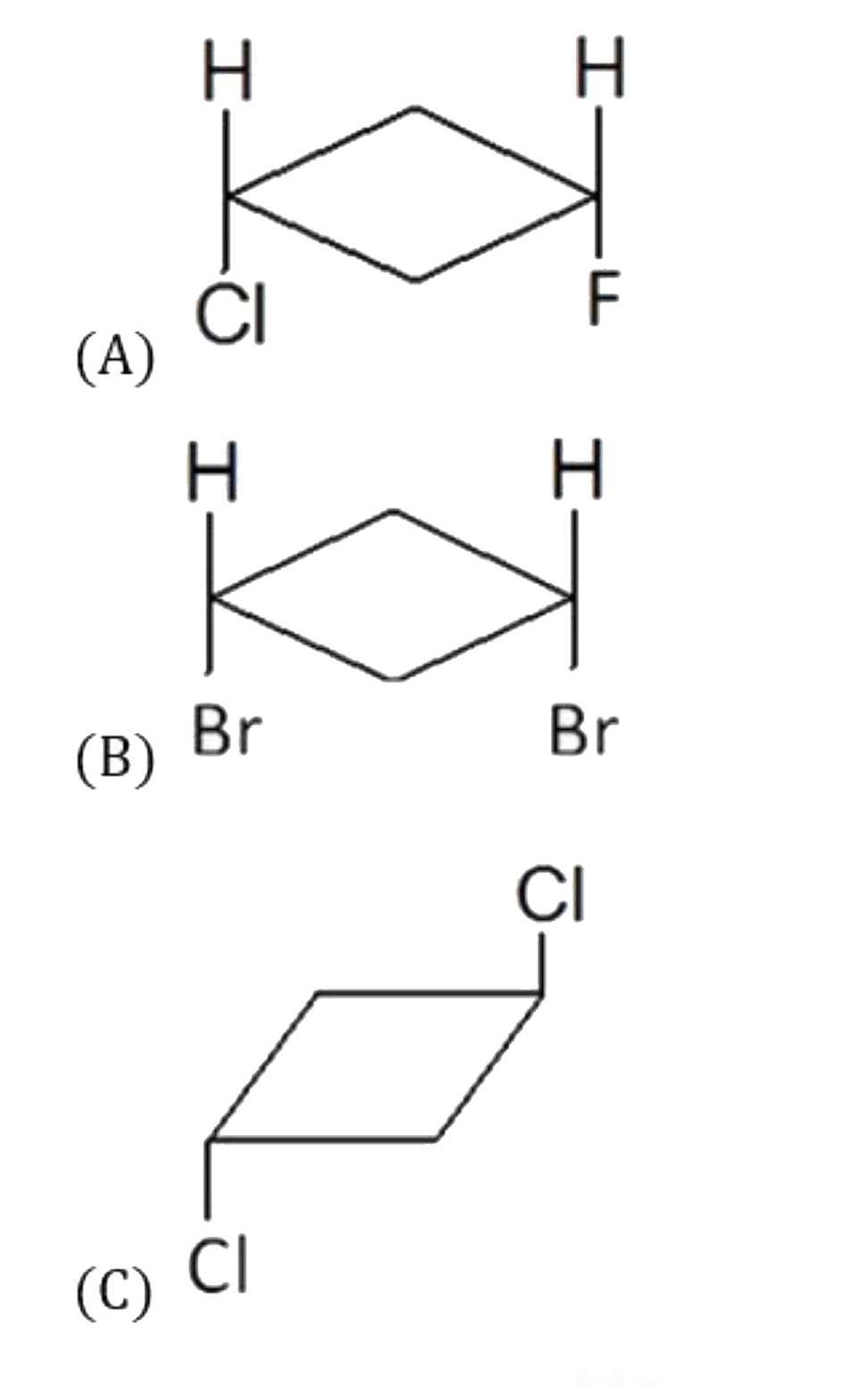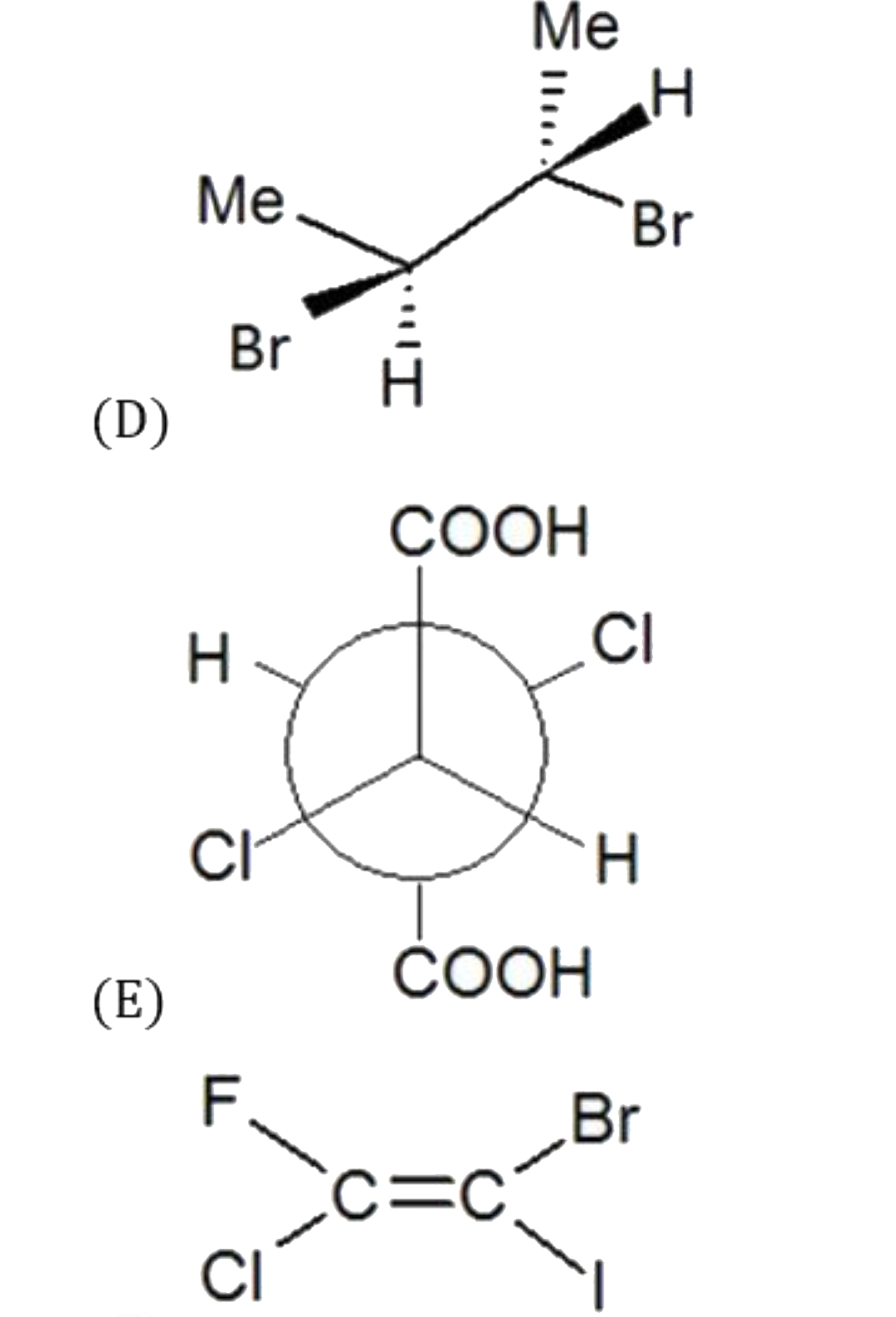How many of the following auxins are synthetic ?
IAA, IBA, NAA , 2,4-D
One
Two
Three
All
The correct Answer is:B
To determine how many of the listed auxins are synthetic, we need to analyze each of the auxins mentioned in the question: IAA, IBA, NAA, and 2,4-D.
1. Identify the Auxins:
- We have four auxins to consider: IAA, IBA, NAA, and 2,4-D.
2. Classify Each Auxin:
- IAA (Indole-3-Acetic Acid): This is a naturally occurring auxin found in plants. It is the primary natural auxin responsible for various growth processes.
- IBA (Indole-3-Butyric Acid): This auxin is often considered to be a natural auxin, but it is also used synthetically in plant propagation. However, it is primarily derived from IAA.
- NAA (Naphthalene Acetic Acid): This is a synthetic auxin. It is not found naturally in plants and is used in various agricultural applications.
- 2,4-D (2,4-Dichlorophenoxyacetic Acid): This is also a synthetic auxin. It is widely used as a herbicide and is not naturally occurring.
3. Count the Synthetic Auxins:
- From the classifications:
- IAA: Natural
- IBA: Considered natural but used synthetically
- NAA: Synthetic
- 2,4-D: Synthetic
- Thus, the synthetic auxins are NAA and 2,4-D. If we consider IBA as synthetic due to its common use in horticulture, we can include it as well.
4. Final Count:
- If we count IBA as synthetic, we have three synthetic auxins (IBA, NAA, and 2,4-D).
- If we do not count IBA, we have two synthetic auxins (NAA and 2,4-D).
Conclusion:
The total number of synthetic auxins from the given options is 3 (if IBA is included as synthetic).
- We have four auxins to consider: IAA, IBA, NAA, and 2,4-D.
- IAA (Indole-3-Acetic Acid): This is a naturally occurring auxin found in plants. It is the primary natural auxin responsible for various growth processes.
- IBA (Indole-3-Butyric Acid): This auxin is often considered to be a natural auxin, but it is also used synthetically in plant propagation. However, it is primarily derived from IAA.
- NAA (Naphthalene Acetic Acid): This is a synthetic auxin. It is not found naturally in plants and is used in various agricultural applications.
- 2,4-D (2,4-Dichlorophenoxyacetic Acid): This is also a synthetic auxin. It is widely used as a herbicide and is not naturally occurring.
- From the classifications:
- IAA: Natural
- IBA: Considered natural but used synthetically
- NAA: Synthetic
- 2,4-D: Synthetic
- Thus, the synthetic auxins are NAA and 2,4-D. If we consider IBA as synthetic due to its common use in horticulture, we can include it as well.
- If we count IBA as synthetic, we have three synthetic auxins (IBA, NAA, and 2,4-D).
- If we do not count IBA, we have two synthetic auxins (NAA and 2,4-D).
The total number of synthetic auxins from the given options is 3 (if IBA is included as synthetic).
Similar Questions
How many of the following can be prepared by
View SolutionHow many of the following statements are wrong?
View SolutionHow many of the following are tertiary amines ?

View SolutionHow many of the following compounds is/are aromatic ?

View SolutionHow many of the following are optically active ?



View Solution2, 4-D is a synthetic
View SolutionHow many of the following statements is/are correct?
View SolutionHow many of the following statements is / are correct ?
View SolutionHow many of the following are water soluble vitamins ?
A, B, C, D , K, E
View SolutionWhich one of the following is not a synthetic auxin?
(a) 2, 4-D
(b) 2, 4, 5-T
(c) NAA
(d) IAA
View Solution
